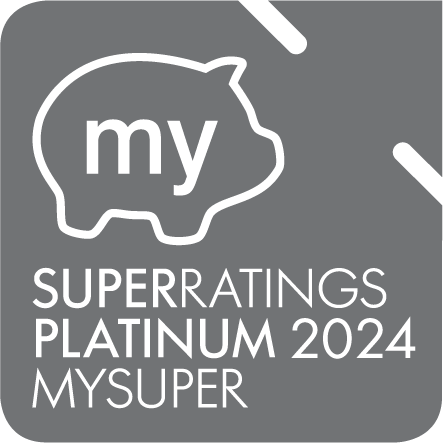Global equity markets delivered mixed results in the December quarter. Developed markets gained 2% (MSCI World ex-Australia Index, hedged into AUD), boosted by a post-election rally in the US that balanced out weaker performance in October. However, market sentiment dipped in December after the US Federal Reserve indicated fewer rate cuts than previously expected.
US equities performed well, with the S&P 500 up 2.4% for the quarter, supported by strong business activity and economic resilience. In contrast, Chinese equities dropped 7% (MSCI China Index, local currency), as concerns over the property market, slowing economic growth, and US trade policies hurt confidence, despite new stimulus measures.
Australian shares slipped slightly, down 0.8% for the quarter. Materials was the weakest sector (-11.8%), followed by listed property (-6.1%). At both meetings of The Reserve Bank of Australia (RBA), interest rates were unchanged, citing inflation that remains below its target, which will influence future rate decisions.
Bonds also struggled, with Australian and global bonds down 0.3% and 1.2%, respectively. US bond yields rose sharply, climbing 79 basis points to 4.57%, while Australian 10-year yields increased by 39 basis points to 4.37%, reflecting stronger-than-expected economic data. Meanwhile, the Australian dollar fell to its lowest level since the pandemic, dropping from 69 US cents to below 62, driven by shifting expectations around relative interest rates and growth, which has led to a stronger US dollar.












